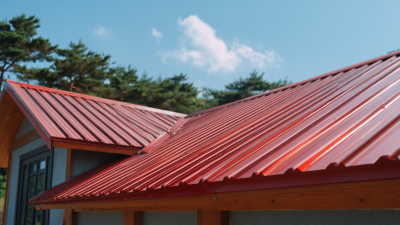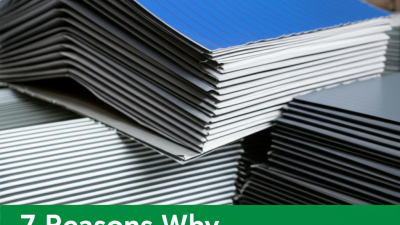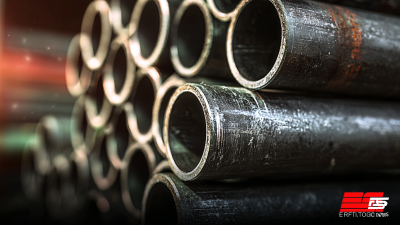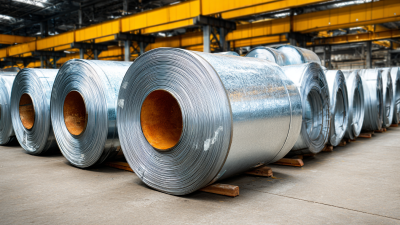Leave Your Message
-
Phone
-
E-mail
-
Whatsapp
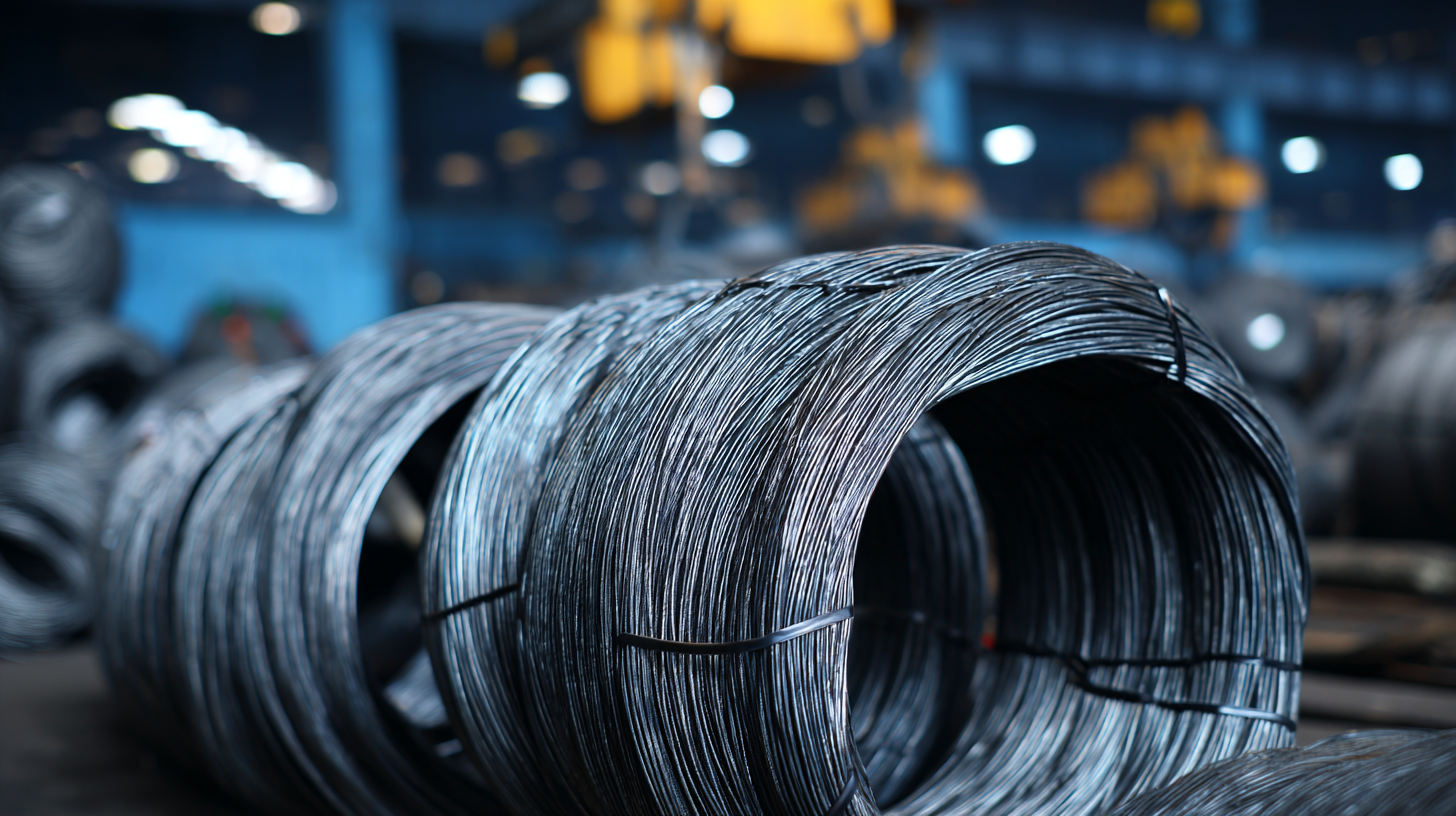 When selecting the appropriate Steel Wire Rod for industrial applications, it's essential to consider various factors that impact performance and suitability. According to the World Steel Association, the global demand for steel is projected to reach 1.8 billion tonnes by 2025, with Steel Wire Rods accounting for a significant portion of this demand due to their versatility in manufacturing, construction, and automotive sectors.
With distinct types of wire rods available, including plain, ribbed, and high-carbon variants, industries must prioritize their specific requirements to ensure optimal outcomes. Additionally, with the American Iron and Steel Institute reporting that over 70% of steel used in infrastructure is derived from wire products, making informed decisions about the right Steel Wire Rod can enhance both durability and efficiency in various projects. Thus, understanding the material properties, compliance with industry standards, and production processes of Steel Wire Rod is crucial for businesses aiming to meet their operational goals effectively.
When selecting the appropriate Steel Wire Rod for industrial applications, it's essential to consider various factors that impact performance and suitability. According to the World Steel Association, the global demand for steel is projected to reach 1.8 billion tonnes by 2025, with Steel Wire Rods accounting for a significant portion of this demand due to their versatility in manufacturing, construction, and automotive sectors.
With distinct types of wire rods available, including plain, ribbed, and high-carbon variants, industries must prioritize their specific requirements to ensure optimal outcomes. Additionally, with the American Iron and Steel Institute reporting that over 70% of steel used in infrastructure is derived from wire products, making informed decisions about the right Steel Wire Rod can enhance both durability and efficiency in various projects. Thus, understanding the material properties, compliance with industry standards, and production processes of Steel Wire Rod is crucial for businesses aiming to meet their operational goals effectively.
When selecting the appropriate steel wire rod for industrial applications, understanding the different grades and specifications is crucial. Steel wire rods come in various grades, each designed to meet specific mechanical and physical properties. Common grades include low-carbon, medium-carbon, and high-carbon steel, with each varying in strength, ductility, and application suitability. Low-carbon steel rods are typically used for applications requiring high malleability, while high-carbon steel rods, known for their rigidity and tensile strength, are ideal for manufacturing tools and mechanical components.
In addition to the grade, specifications such as diameter, tensile strength, and surface finish play a significant role in the selection process. For instance, the diameter of the wire rod must match the intended application, whether it’s for reinforcement, spring making, or wire drawing. Additionally, tensile strength specifications help determine how much load the wire can bear without deforming. Surface finish—whether it’s oiled, pickled, or polished—can impact the performance and longevity of the finished product, making it essential to consider both functional requirements and manufacturing processes when choosing the right steel wire rod.
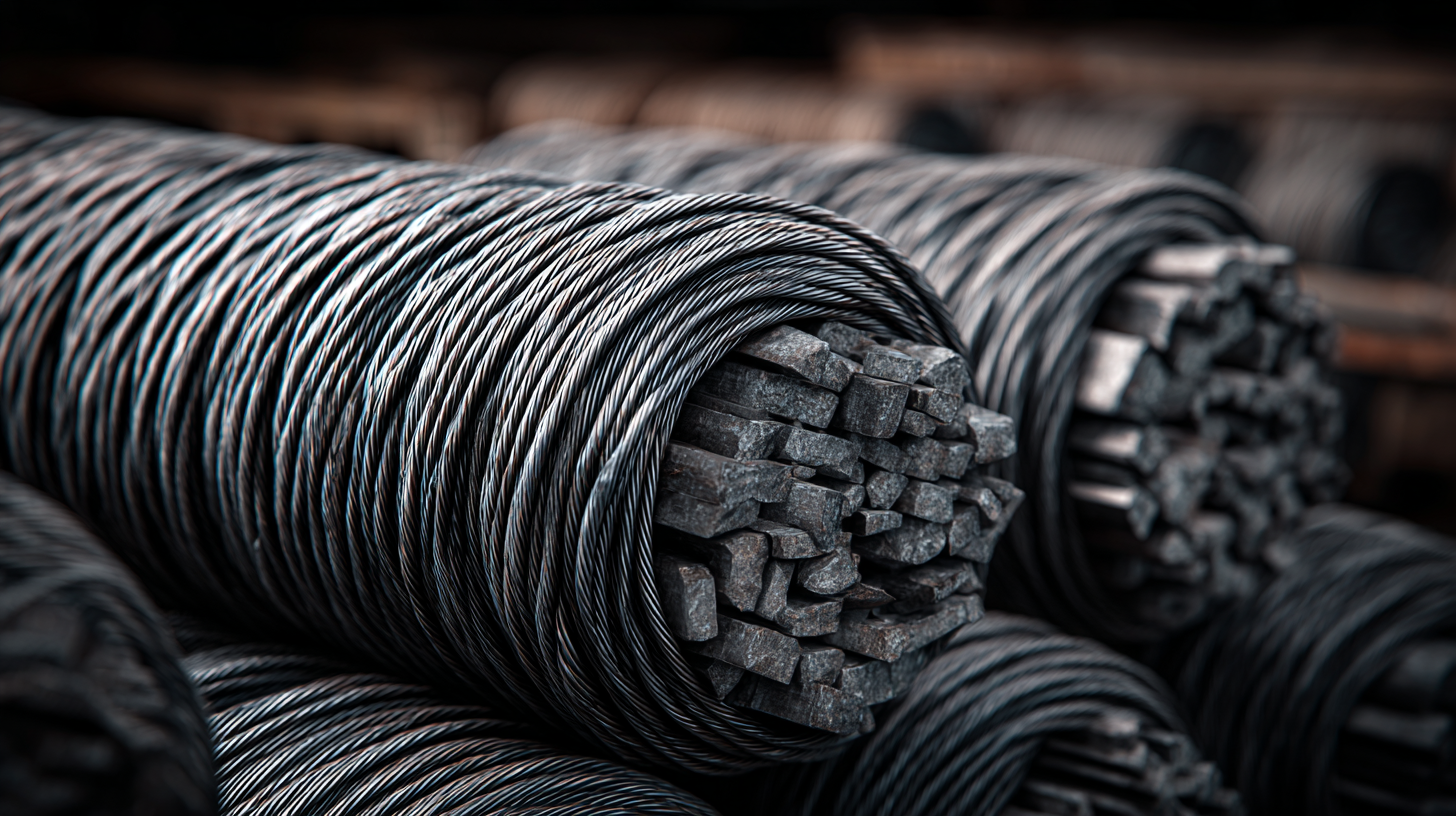
When selecting the right steel wire rod for industrial applications, understanding mechanical properties such as tensile strength and ductility is crucial. Recent studies have shown that different manufacturing techniques can significantly affect these properties. For example, steel bars produced through wire and arc additive manufacturing exhibit unique mechanical responses under tensile loading, displaying favorable ductile failure characteristics. This makes them suitable for structural components where toughness is prioritized.
**Tips:** When evaluating steel wire rods, consider the manufacturing method as it influences performance. Look for specifications that highlight tensile strength ratings and ductility measures, ensuring the material can withstand operational stresses without compromising integrity.
Moreover, be aware of the impact of environmental factors, such as corrosion, which can degrade the performance of high-strength steels over time. A comprehensive understanding of these mechanical properties will help you choose a steel wire rod that meets your specific industrial needs while ensuring long-term reliability.
When selecting steel wire rods for industrial applications, assessing corrosion resistance is paramount, especially in environments prone to moisture, chemicals, or other corrosive elements. The right coating can significantly enhance the durability and lifespan of the wire, making it crucial to choose one that aligns with the specific conditions it will face. Common coatings include galvanized, which provides a zinc layer for added protection, and epoxy, known for its robust resistance to chemicals and moisture.
Moreover, understanding the operating environment is key to selecting the appropriate coating. For instance, if the steel wire rod will be used in marine environments, a more resistant coating that can withstand saltwater exposure is necessary. Conversely, for applications in less corrosive conditions, a standard zinc coating might suffice. Evaluating the specific environmental factors, such as humidity levels and the presence of corrosive substances, will ensure that the selected steel wire rod not only meets performance requirements but also maintains its integrity over time.
This chart illustrates the corrosion resistance of various steel wire rod coatings, measured in years. The data highlights the effectiveness of different coatings in prolonging the life of steel wire rods in various environments.
When selecting the right steel wire rod for industrial applications, cost-effectiveness becomes a crucial factor. Recent industry reports indicate that the price of steel wire rods can vary significantly based on factors such as material grade, diameter, and supplier. For instance, a survey conducted by the World Steel Association in 2022 revealed that high-carbon steel wire rods typically range from $600 to $800 per ton, while lower-grade options can be priced as low as $400 per ton. However, these upfront costs should be evaluated alongside performance metrics to determine the overall value.
Performance metrics such as tensile strength, ductility, and fatigue resistance are essential in comparing steel wire rod options. A study published in the Journal of Materials Science found that rods made from high-carbon steel can deliver tensile strengths exceeding 1,500 MPa, significantly enhancing their suitability for demanding applications like automotive and construction. Conversely, lower-grade rods may exhibit insufficient durability under stress, potentially resulting in higher long-term costs due to maintenance or premature failure. Therefore, when calculating cost-effectiveness, businesses must not only consider the purchase price but also the performance characteristics that affect the longevity and efficiency of their operations.
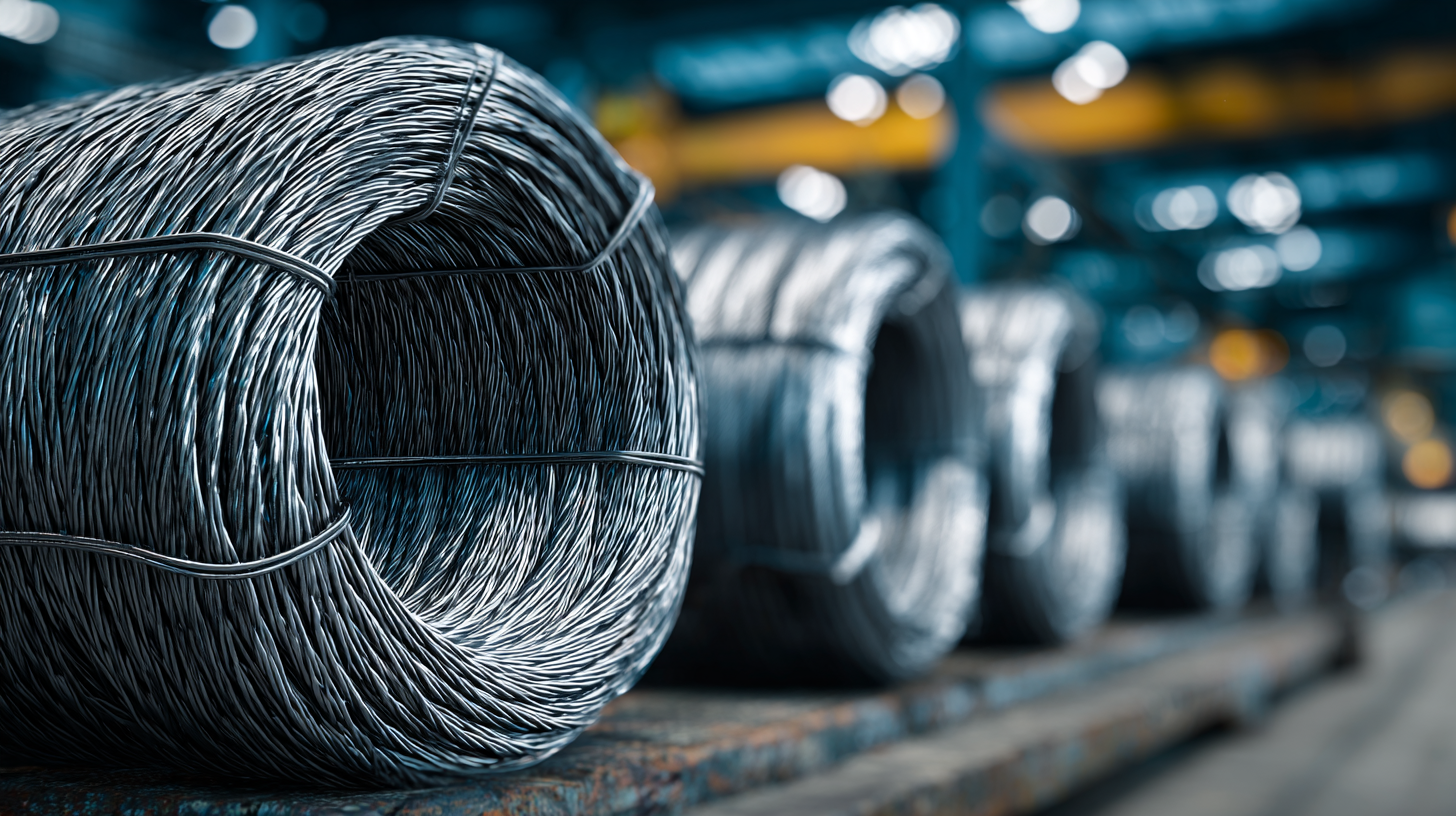
When procuring steel wire rods for industrial applications, recognizing the significance of supplier certifications and standards is paramount. Certifications provide assurance that the materials meet industry requirements, enhancing the reliability and performance of the products. Suppliers who adhere to recognized standards ensure that their products are manufactured under strict quality controls, thus minimizing defects and maximizing durability.
Tips: When evaluating a supplier, inquire about their certifications, such as ISO 9001 or industry-specific standards like ASTM. These certifications indicate that the supplier has undergone rigorous assessments to validate their processes and product quality. Additionally, always request documentation that verifies these certifications, ensuring transparency in your procurement process.
Moreover, consider the reputation and track record of the supplier within the industry. Engage in conversations with other clients or seek reviews that reflect the supplier's consistency in meeting standards. A trusted supplier is not only reliable in terms of product quality but also in delivering materials on time, which is crucial for maintaining your production schedules.
| Specification | Standard | Certification | Application |
|---|---|---|---|
| Diameter: 5.5 mm | ASTM A510 | ISO 9001 | Construction |
| Diameter: 6.0 mm | ASTM A615 | ISO 14001 | Automotive |
| Diameter: 8.0 mm | JIS G3505 | OHSAS 18001 | Railway |
| Diameter: 10.0 mm | EN 10016 | ISO 50001 | Machinery |
